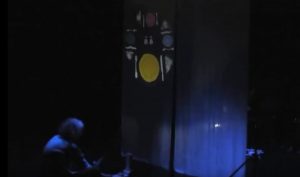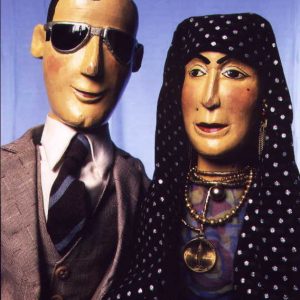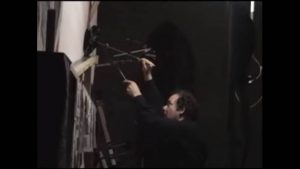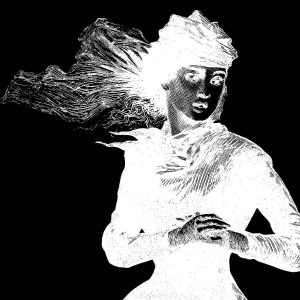(Retired from repertoire.)
A story about coming of age in the time of Faeries.
Tamlin is an ancient story from Scotland, kept alive in the sung oral tradition and written down by many famous authors. The story is of Lady Janet, a teenaged girl, daring to adventure and falling in love with a wee-wee man from the world of faerie. To rescue him and bring him back to the mortal world, the now pregnant Janet must confront the awesome primeval power of the faerie Queen. It is a story of a feisty heroine and her confrontation with primeval magic powers in a lush damp setting of standing stones and grassy hills.
Traditional versions of this ballad vary as to what happened and why Janet would save Tamlin, from her choosing to her being forced. But in each version the story is taken away from Janet, the heroine, and given to Tamlin, the protagonist. This is not good enough! In telling this love story, Janet’s heroism is clearly what saves the day. But the struggle is not only of the characters within the story, it is also of the story-tellers quest to find the real version and tell it.
“This work will fill the audience with wonder at the beauty and inventiveness they have witnessed.” David Anderson. Artistic Director, Clay and Paper Theatre, Toronto.
For audiences aged 14+
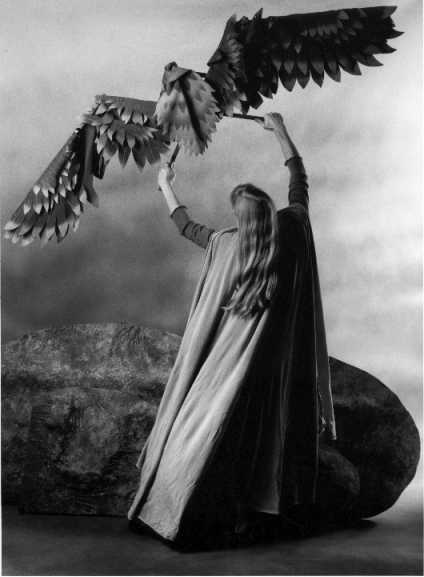
CREDITS
Directed by Sharon Weisbaum; performed by Andrea Koziol; Ann Powell and David Powell; designed by Ann Powell and David Powell; and music created and played by Nuno Cristo.
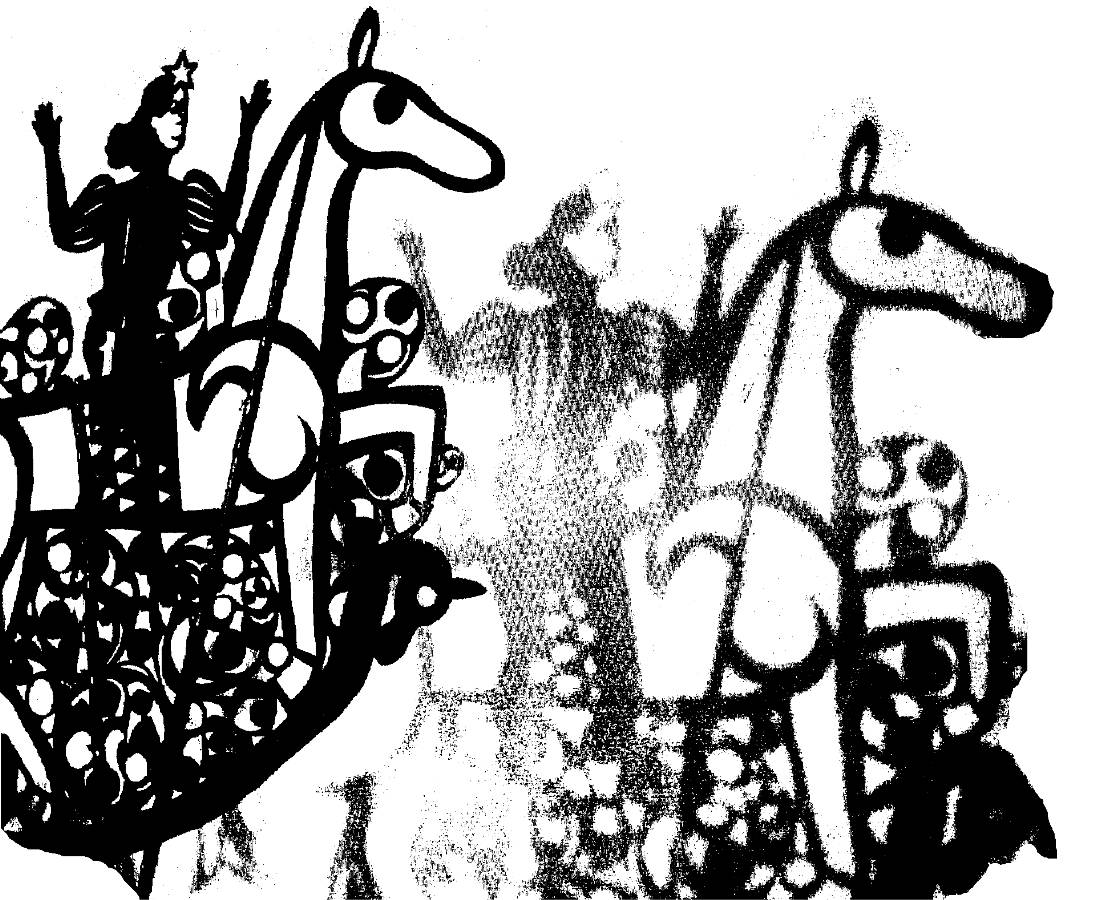
From “The Ballad of Tam Lane” by Robert Burns
O I forbid ye, maidens a’,
That wear gowd on your hair,
To come or gae by Carterhaugh
For young Tam Lane is there.
There’s nane, that gaes by Carterhaugh,
Byt maun leave him a wad,
Either gowd rings, or green mantles,
Or else their maidenheid.
Now, gowd rings ye may buy, maidens,
Green mantles ye may spin
But, gin you lose your maidenheid.
Ye’ll ne’er get that agen.”
THE THREE PERFORMERS, dressed as medieval peasants, animate the twenty one puppets and act in the play. As the story is primarily a sung ballad, one performer is also a wonderful and versatile singer. The haunting music is based on the beautiful traditional tunes of this ballad and of other folk melodies, and was played and recorded for this production on a wide range of instruments by the composer, Nuno Cristo. The gong music of the final scene was performed on one of Toronto’s oldest Javanese gamelans.
THE PUPPETS are striking original creations ranging in size from a few inches tall to larger than life. Janet starts the show as a flat “paper doll” and progressively develops, through rag doll and extraordinarily expressive Bunraku style puppet, to human actor as her character develops in the story. For the faerie parade on Halloween, huge shadow puppets fill the entire backdrop with giant pulsing images of fantastical horse riders. Then, in front of the shadows, the puppet Tamlin bursts onto stage riding a larger than life horse. The music changes to crashing gongs as Tamlin is transformed into a snake, fire, an eagle, a bear and finally into a man in Janet’s arms.
THE COSTUMES were researched from paintings of the early 15th century: the ladies wear vast headgear and train’d dresses; the gentlemen sport hose, robes and turbans; the knights are in armour; while the peasants, of course, have only coarse kirtles.

